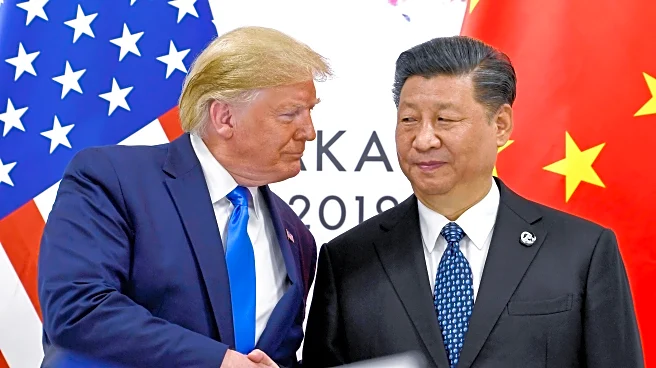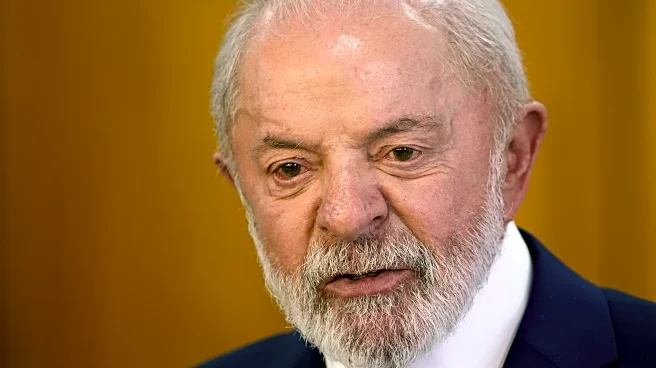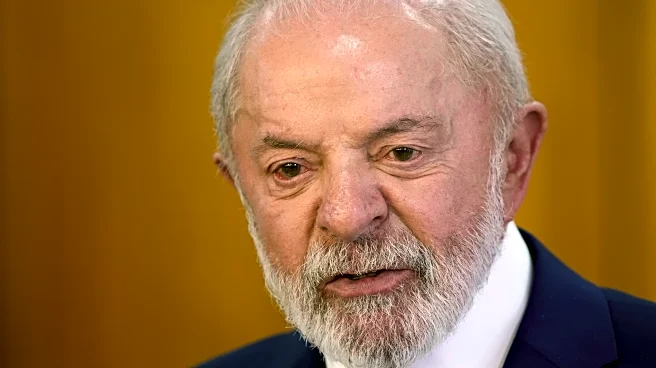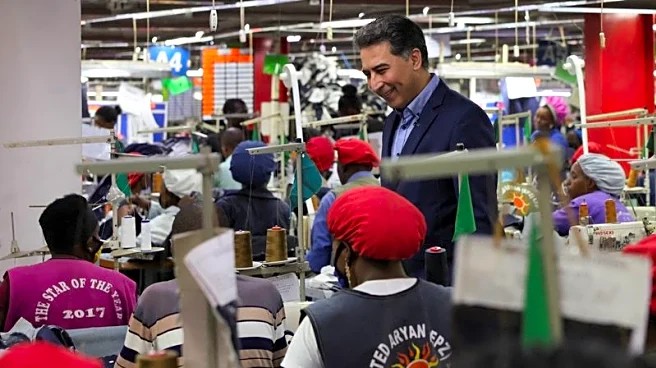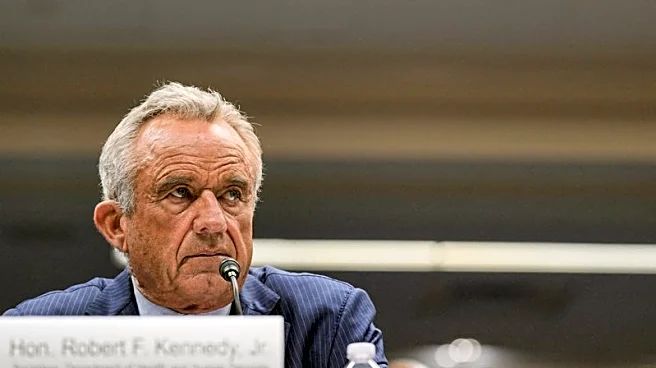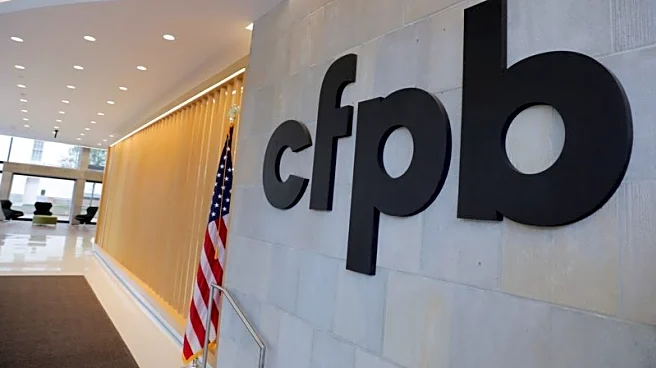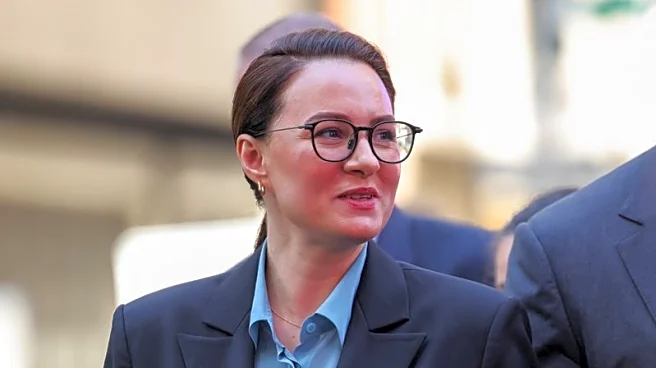What's Happening?
NASA employees and supporters gathered outside the agency's Washington headquarters to protest against President Trump's fiscal 2026 budget proposal, which suggests a 25% reduction in NASA funding and significant cuts to science programs. The proposal threatens to cancel 41 active or planned science missions, including those currently operating in orbit. The protest is part of the NASA Needs Help campaign, which has organized multiple rallies throughout 2025. Rep. Suhas Subramanyam, a member of the House Science, Space and Technology Committee, addressed the crowd, emphasizing the importance of fully funding NASA to maintain its workforce and support scientific endeavors across the country. The protest also highlighted concerns over an executive order by President Trump that eliminates collective bargaining rights at NASA, potentially affecting mission safety.
Why It's Important?
The proposed budget cuts to NASA could have significant implications for the United States' leadership in space exploration and scientific research. The reduction in funding may lead to the loss of institutional knowledge and expertise, as approximately 4,000 NASA employees have already departed due to layoffs and voluntary separations. The cuts could also impact ongoing and future scientific missions, potentially hindering advancements in space technology and exploration. The protests reflect growing concerns among lawmakers and advocates about the potential negative effects on the country's scientific capabilities and workforce.
What's Next?
Congress faces a September 30 deadline to pass funding legislation for fiscal 2026 to avoid a government shutdown. Lawmakers are urged to pass a continuing resolution that maintains current funding levels and protects federal workers. The outcome of these budget negotiations will determine the future of NASA's funding and its ability to continue its scientific missions. Bipartisan efforts are underway to ensure that NASA receives adequate funding, with lawmakers advocating for the inclusion of protective language in any funding bill to prevent drastic cuts.


